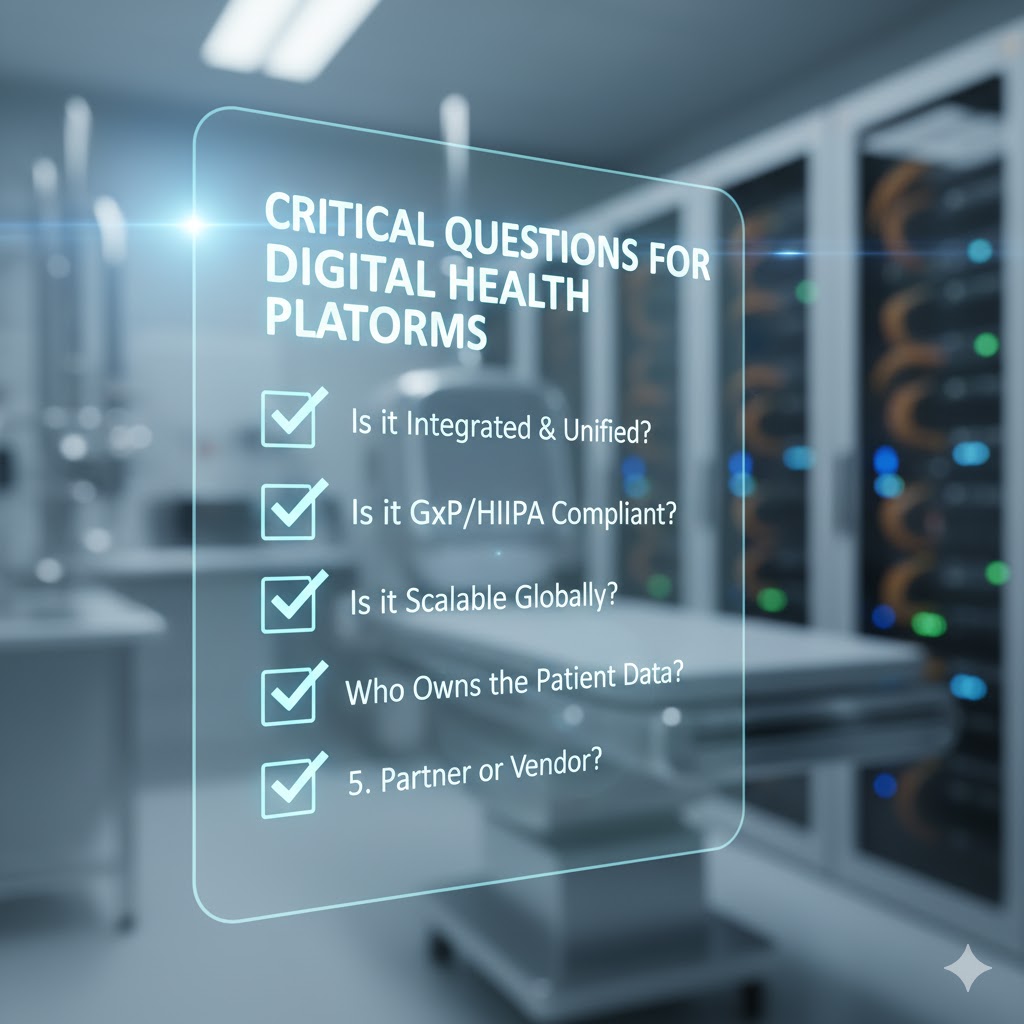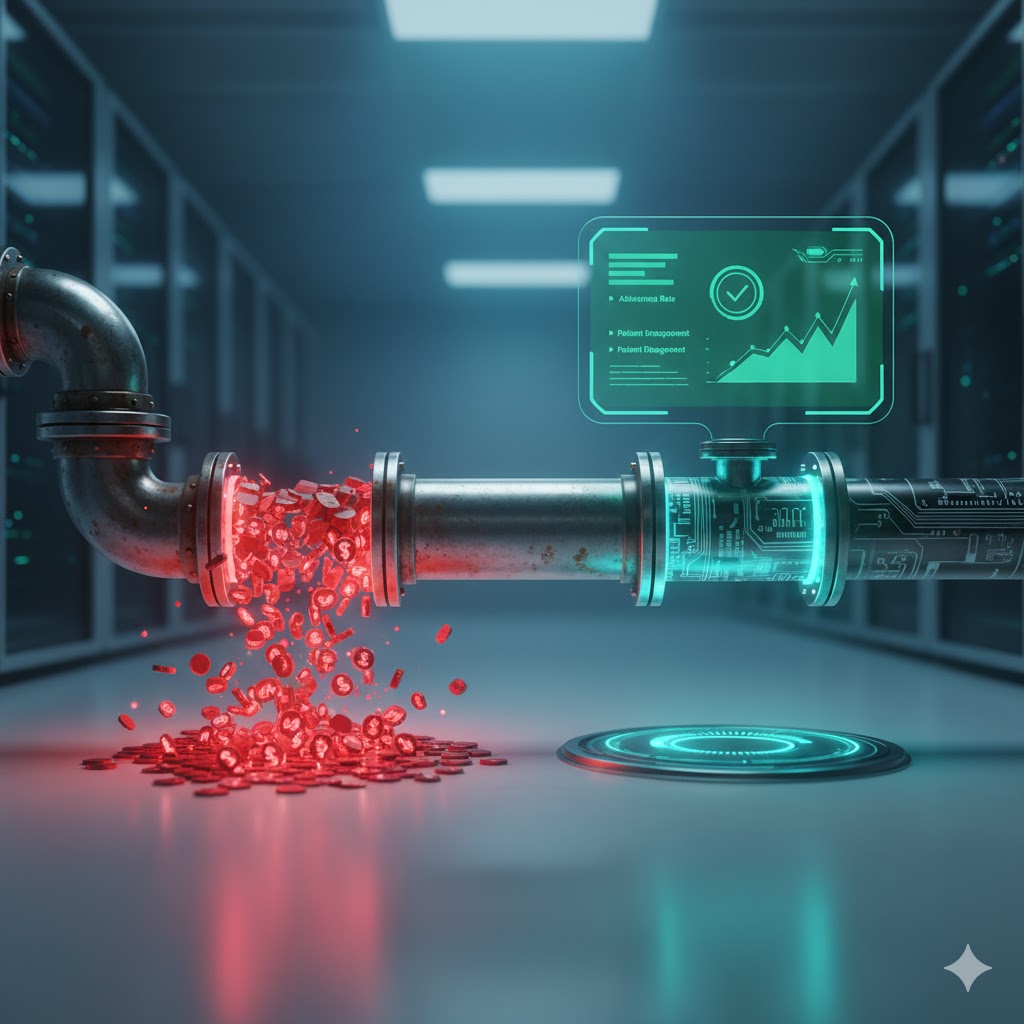How does RPM help in chronic disease management?
Recent statistics suggest that six in ten Americans suffer from chronic ailments such as heart disease, stroke, cancer, and diabetes. While these are not only fatal to life- a leading cause of death and disability, but also account for the maximum expenditure in an average American’s monthly budget.
Besides, managing health while suffering from a chronic health issue usually disrupts one’s life and makes it revolve around the disease. There are instances when patients are unable to make substantial efforts towards controlling the symptoms of their condition and thus end up suffering more. Understandably so, many patients often feel overwhelmed, depressed, and let down since they are not able to take control of their chronic ailment and live with the hope that one day they will be better.
The root cause of this failure to fight medical conditions can be manifold. One can be a lack of availability and accessibility of resources. Another can be the inability to take care of oneself without the constant support and assistance of professionals. Evidently so, it is very inconvenient for patients to visit their doctors for medical assistance and health monitoring on a daily basis. This is where the modern concept of Remote Patient Monitoring comes in and saves the day.
Since patients can't be monitored in-person 24x7, RPM helps doctors keep track of their patients around the clock using devices. RPM provides additional visibility into the patient's lifestyle to understand their conditions better.
What is Remote Patient Monitoring?
Although Remote Patient Monitoring was a concept that was in the pipeline of the health tech industry for the past decade, it surfaced in the daily vocabulary of medical clinics and patients just before the CoronaVirus pandemic. However, it became highly beneficial for medical facilities as well as patients with chronic conditions when they could not leave their houses and seek medical assistance regularly.
Remote Patient Monitoring helped doctors monitor their patients using digital platforms and smart, AI-powered devices that would transfer all the patient’s health data from the monitoring devices to the facility's server for the professionals to monitor continuously. Besides, this also encouraged patients to self-monitor their vitals regularly and take necessary strides towards taking care of themselves, with significant support from their doctors.
Remote Patient Monitoring includes monitoring, documenting, sharing, and analyzing patients' health, progress, and vital signs using digital and electronic means, i.e., remote technology. Simply put, for implementing RPM for patients, self-monitoring devices that are powered with Artificial Intelligence, Machine Learning, and the Internet of Things (IoT)- such as smart wearables, ECGs, and digital stethoscopes along with others are put to use for collecting patient-generated health data. These aid health facilities in monitoring their patients’ health statistics at regular intervals, as well as providing proper treatments and faster yet more accurate diagnoses without the patients having to make in-person appointments.
What is a Remote Monitoring System?
A remote monitoring system comprises data acquisition, data processing, and a communication network. A data acquisition system comprises various sensors or devices with integrated sensors and wireless data transmission capability. The scope of remote healthcare includes monitoring chronically ill patients, the elderly, premature children, and even accident victims.
A significant reason behind the popularity of Remote Patient Monitoring is that patients enrolled in this program are provided with all the necessary medical-grade monitoring equipment for best results, - for instance, a diabetes patient will be provided with a glucose meter and blood pressure cuffs that will automatically transmit their vital stats and other valid information to the clinic for better analysis.
All in all, Remote Monitoring enables medical professionals to monitor their patients daily without having them visit the clinic or keep them under their observation in long-term facilities such as nursing homes or hospitals.
Remote monitoring is a paradigm shift in the health industry that allows patients to lead a normal life alongside being treated for their medical conditions. The most prominent benefit of RPM is that patients can live with their families and get proper medical attention to cure their ailments.
RPM also allows medical professionals to observe their patient’s health remotely, store accurate and detailed data about their lifestyle, progress, and problems, and provide treatment to them remotely, using telehealth devices/platforms- and only call them to the clinic when it is unavoidable. Besides, it also offers a unique perspective to clinicians about their patient's health, which helps prevent health deterioration between clinic appointments.
How does Remote Patient Monitoring help in Chronic Disease Management?
Treatments and management of chronic ailments are very costly regarding the monetary budget and considering the efforts required from the patients’ end. However, with Remote Monitoring, patients find it far more convenient and easy to seek medical assistance whenever needed. That said, there are many other ways Remote Patient Monitoring has helped patients take control of their chronic ailments:
- Disease Management: While chronic ailments and their symptoms and manifestations are difficult to control, they can sometimes be managed or avoided by making some lifestyle changes and behavioral alterations. With RPM, medical professionals can guide their patients as and when required outside the typical brick-and-mortar hospital setup. Remote Patient Monitoring has empowered the health industry to manage various lifestyle chronic conditions such as Diabetes, Hypertension, and Blood Pressure, along with others, without calling the patients for in-person counseling and check-ups regularly. Patients simply need to monitor their own vital signs and other health parameters relevant to their chronic condition- such as blood sugar levels, blood pressure, body weight, and more; remotely for the doctors to monitor their progress and prescribe treatment accordingly.
- Control over personal health: Patients often depend solely on medications, doctor-referred treatments, and in-person appointments for their well-being without taking individual initiatives, making self-aware lifestyle changes, and taking control of their condition. Remote Patient Monitoring has proven to encourage and motivate patients to be more self-aware of their personal health, and take great strides towards bettering their health on their own- with the constant support of the medical staff. Patients monitor their vital statistics and see positive or negative changes and fluctuations in their chronic conditions- sparking a sense of self-awareness and thus pushing them to take control over their personal health, i.e., change their diet, food choices, and sleeping habits, revamp their schedule to accommodate required exercises and other changes rather than just relying on professional health.
- Better Support, Quality of Healthcare: The constant and easily accessible communication and support provided by doctors to their patients, along with the enhanced level of education, feedback and diagnoses as compared to the traditional healthcare model- Remote Patient Monitoring has succeeded immensely in making patients suffering from various ailments more educated and aware of their problems. With this contemporary, modern approach to healthcare, health professionals can offer superior, personalized, and individualized support since they have continuous access to detailed and timely information about a patient’s health condition. The quality of healthcare and diagnostics has also improved with Remote Patient Monitoring since patient health data provides valuable and accurate insights to professionals at the time of prescribing medications or determining the course of the patient’s treatment. RPM has entitled them to better evaluation, diagnosis, and treatment prescription tools. Furthermore, rather than waiting until their condition becomes serious before scheduling and managing a visit to their care provider’s office, patients can engage in real-time monitoring and symptom analysis with their clinicians through remote patient monitoring.
- Decrease in treatment expenditure: RPM has improved patients’ access to treatments and diagnoses by reducing trips to the ER, hospitals, and readmissions, as well as increasing physician productivity. Remote Monitoring has overall decreased the monthly cost of healthcare treatments and other peripheral expenses by significant percentages. Besides, although there is a constant shortage of medical practitioners in America (and other parts of the world), remote patient monitoring hugely benefits the US healthcare system by allowing more patients to be treated at home, relieving health clinics from accommodating patients over their capacity.
Conclusion
Due to the undeniable benefits of Remote Patient Monitoring, be it fiscally or medically, the significance in the health industry is snowballing aggressively. Be it the technological advancements in the said field or the popularity of this system across countries where healthcare is inaccessible to many, the future of RPM shines.
RPM’s assured cost-effectiveness, efficiency in the workforce, patient satisfaction, and positive health outcomes are steadily contributing to the popularity of the idea among patients as well as medical professionals. Remote Patient Monitoring is expected to rise and evolve further, especially in the technological sector, where more devices and technologies can be implemented for improved monitoring and faster disease diagnosis.
Mahalo Health is a healthcare platform that provides the industry with a fully equipped platform to store patient data, interact with patients and monitor their health remotely. From decentralized clinical trials to digital therapeutics and remote patient monitoring, Mahalo Health has the perfect technological solution to supplement your healthcare practice and engage your patients in a satisfying diagnostic experience.





